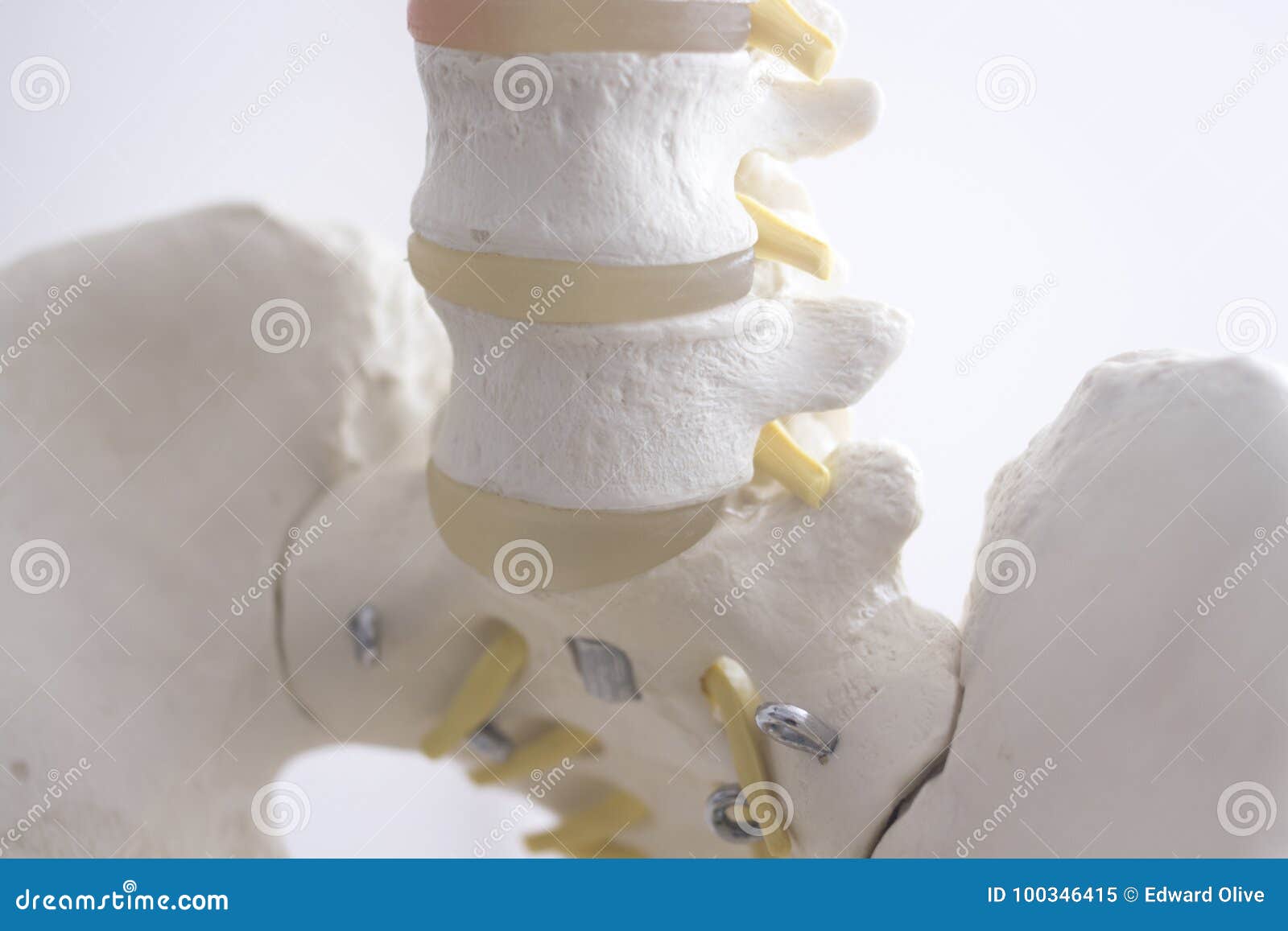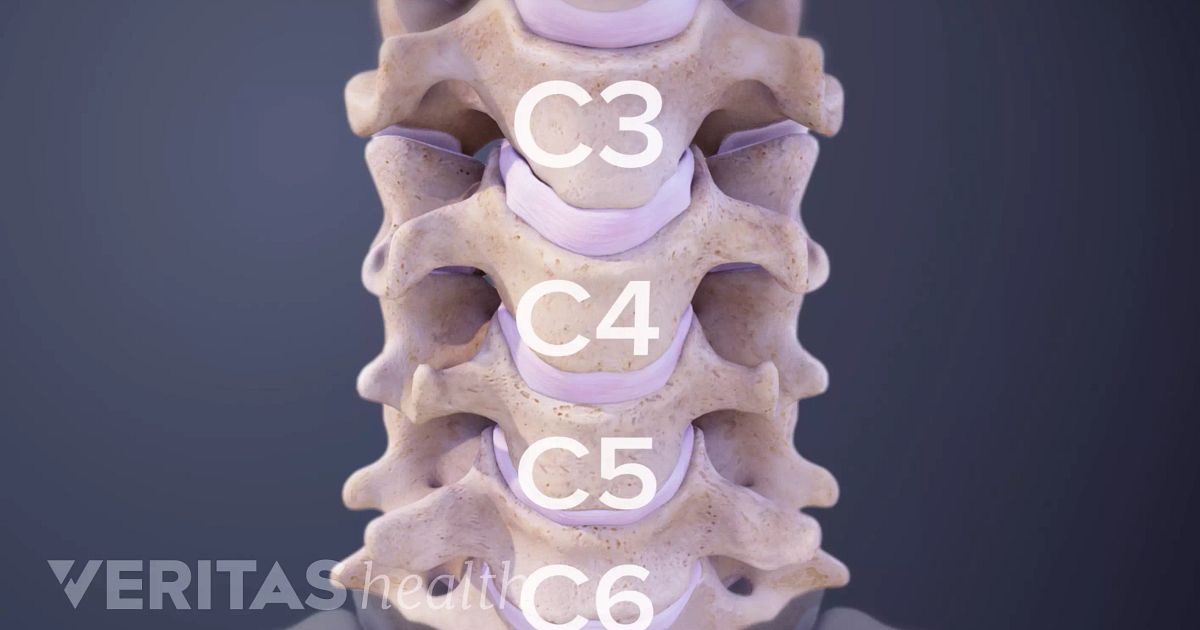

Patients are encouraged to walk on the day following surgery, and typically stay in the hospital 1-3 days. It will include your name, birthdate, and surgeon’s name. If staying overnight, bring items that may be needed, such as a toothbrush, toothpaste, and dentures.

On the day of surgery, remove any nail polish or acrylic nails, do not wear makeup, and remove all jewelry. To make it easier, write all medications down before the day of surgery.īe sure to tell your doctor if you or the patient have an allergy to any medications, food, or latex (some surgical gloves are made of latex). Your doctor may recommend you or the patient stop taking these medications before your procedure. Make sure to tell your doctor about any medications or supplements that you or the patient taking, especially medications that can thin the blood such as aspirin. Bringing the list to your or your child’s appointment can help you make sure you get all your questions answered. Many people find it helpful to write down their questions about the procedure, its goals, its risks, and/or the recovery period. If you smoke or use tobacco products, please speak to your neurosurgeon about quitting. Good bone fusion is very important for a good surgical outcome. Nicotine interferes with bones’ ability to fuse. The incision is closed in layers, and the wound is dressed with a gauze bandage. As the bone graft fuses, or grows together with the surrounding vertebrae, the new bone will provide long-term strength and stability. Implants like the cage, pedicle screws, and rods will hold the vertebral column stable in the short term, while it heals. Permanent rods are inserted into the pedicle screws, and more bone graft is placed to bridge the gap at the back of the spine. The surgeon places an implant like a strut graft (solid piece of bone) or manufactured hardware like a cage (a small, porous implant filled with bone graft that can grow through it) in the space where the vertebral body once was. Once a good alignment is achieved, the surgeon stabilizes the spinal column in its new position. That is, while the surgeon manipulates the spine into a more optimal alignment, he or she is careful to keep the spinal cord stable, neither stretching nor compressing it. The surgeon aligns the spine in all three dimensions, “hinging” the realignment on the spinal canal. The surgeon repeats the procedure if other vertebrae are to be removed. The removal of one vertebra is now complete. These rods hold the spine stable while the surgeon switches to the other side and removes the other half of the vertebral body. Then temporary rods are inserted into the pedicle screws that were placed in the first stages of surgery. Working carefully around one side of the spinal cord, the surgeon removes one side of the vertebral body. On the far side of the spinal cord, the surgeon can see the front section of the vertebra, called the vertebral body. Now all of that one vertebral bone behind and to the side of the spinal cord has been removed. Next, the pedicles, sturdy areas of bones toward the side of the spinal canal, are removed. Then the flat bones called laminae that cover the spinal canal are removed, and then the facet joints–the parts of the back of a vertebra that interact with the backs of other vertebrae. First, the bony outcroppings called processes at the back of the vertebra are removed. Next, the surgeon begins a careful removal of the vertebra of interest, piece by piece, working from the back of the vertebra to front. These screws will later be connected with rods to help hold the spine stable. The surgeon inserts pedicle screws into solid areas of the vertebrae above and below the vertebra that will be removed.
SPINE VERTEBRAE SKIN
The surgeon makes a skin incision and then exposes the bones of the vertebral column. The below description will be of the posterior approach only.Īfter the patient is unconscious, they are placed face-down on the operating table. The surgical approach may be posterior (from the back) only, or it may be combined with an anterior (frontal) approach. Spinal cord monitoring such as SSEPs (somatosensory evoked potentials) and MEPs (motor evoked potentials) are used throughout the procedure to help ensure the safety of the spinal cord. A vertebral column resection is performed under general anesthesia, which means the patient is unconscious and on a ventilator during the surgery.


 0 kommentar(er)
0 kommentar(er)
